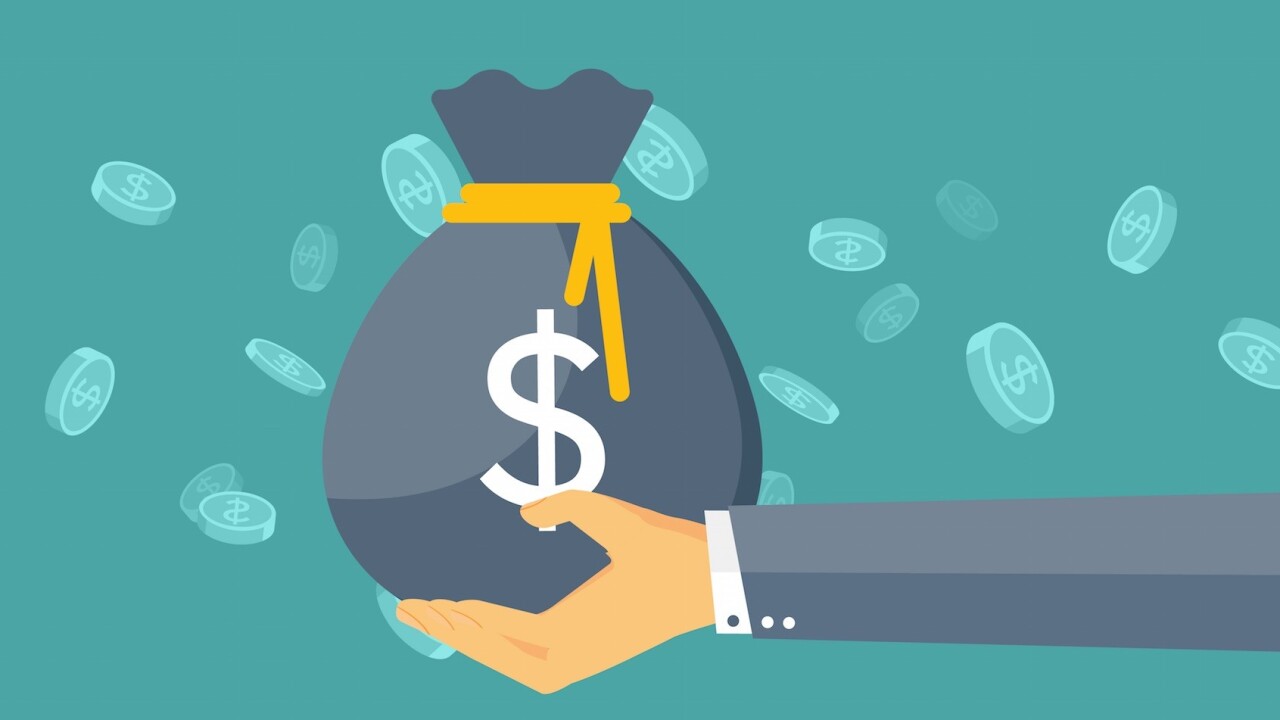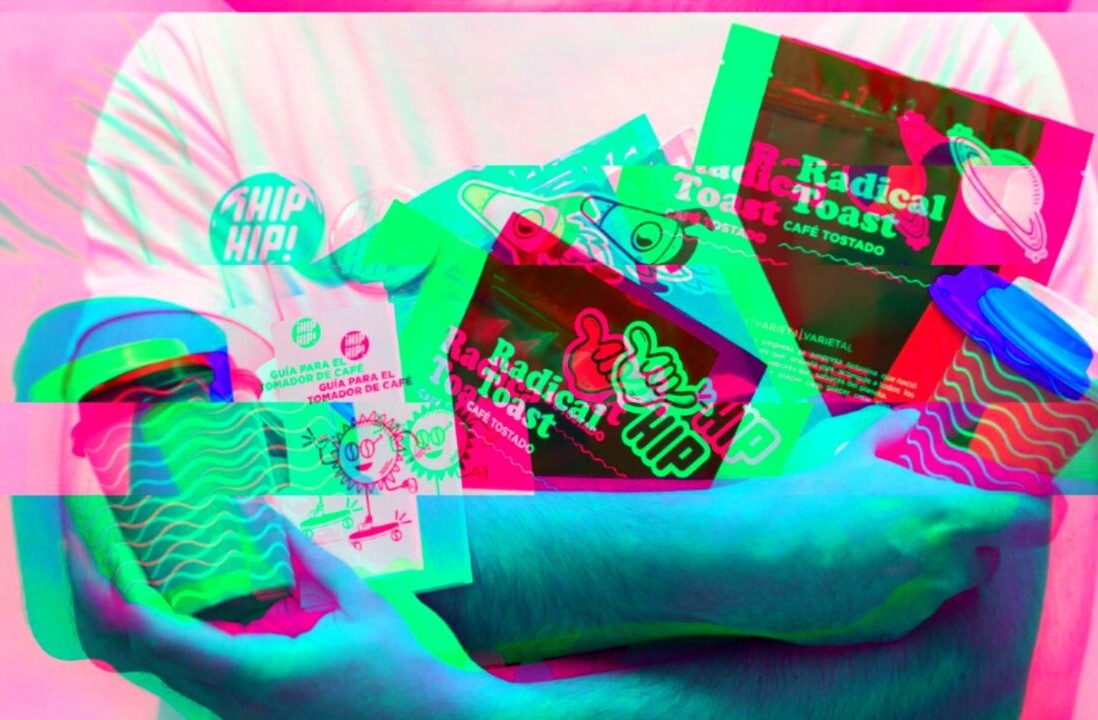
Building a mobile app these days is easy. However, monetizing that same app has become nearly impossible, given how saturated the market is with free options (and potential customers unwilling to pay).
So to find out how founders can make money from their app, I asked a group of entrepreneurs from YEC the following:
Monetizing a mobile app has only gotten harder. What’s one overlooked strategy that actually works?
Their best answers are below:
1. Signups and Emails
 If you have a newsletter, push it through your app. There’s nothing wrong with having an app that drives consumers to your website. It may not be the easiest thing to track, but it works. Remember that your app is just another leg of your brand chair. It does not have to survive on its own but does need to add value to your audience. – Brendon Schenecker, Travel Vegas
If you have a newsletter, push it through your app. There’s nothing wrong with having an app that drives consumers to your website. It may not be the easiest thing to track, but it works. Remember that your app is just another leg of your brand chair. It does not have to survive on its own but does need to add value to your audience. – Brendon Schenecker, Travel Vegas
2. VIP Levels of App Useage
 I think that having two versions of your app, a free/cheap version and a paid version is important. It’s part of the strategy of giving your customers a taste — a trial period to get a sense of all that your app can do — and then building from there. You want your customers to integrate this app into their lives and then realize they can’t live without it when it comes time to upgrade. Beefing up your upgrades is a big way to establish your product’s importance and value to your customers as well. – Rob Fulton, AudioLumin™
I think that having two versions of your app, a free/cheap version and a paid version is important. It’s part of the strategy of giving your customers a taste — a trial period to get a sense of all that your app can do — and then building from there. You want your customers to integrate this app into their lives and then realize they can’t live without it when it comes time to upgrade. Beefing up your upgrades is a big way to establish your product’s importance and value to your customers as well. – Rob Fulton, AudioLumin™
3. Advertising
 Despite developers adding in-app purchasing and subscription services to their applications, users prefer to get a service for free and only a small percentage of users will ever pay real money. Diversified ad products with multiple units of different sizes work the best on mobile. Pair these ad products with an eye for data and metrics, and you can command great CPMs and CTRs. – Catherine Cook, MeetMe
Despite developers adding in-app purchasing and subscription services to their applications, users prefer to get a service for free and only a small percentage of users will ever pay real money. Diversified ad products with multiple units of different sizes work the best on mobile. Pair these ad products with an eye for data and metrics, and you can command great CPMs and CTRs. – Catherine Cook, MeetMe
4. SMS Marketing
 Part of your app’s strategy should include asking for your customer’s mobile numbers. SMS marketing tends to be very efficient. Plus, you’ll be able to stay in touch and communicate with your customers. So whether you want to showcase a promotion, a contest, ask for feedback or build your brand loyalty, SMS marketing will help you. – Nicolas Gremion, Free-eBooks.net
Part of your app’s strategy should include asking for your customer’s mobile numbers. SMS marketing tends to be very efficient. Plus, you’ll be able to stay in touch and communicate with your customers. So whether you want to showcase a promotion, a contest, ask for feedback or build your brand loyalty, SMS marketing will help you. – Nicolas Gremion, Free-eBooks.net
5. Partnerships
 Partner with a company that has a similar customer base, and find ways to integrate their offering into your app for a referral fee. The key is that the partner can really benefit your customers, and that you can create an integrated experience. If you find the right partner, this can be a great source of revenue. – Randy Rayess, VenturePact
Partner with a company that has a similar customer base, and find ways to integrate their offering into your app for a referral fee. The key is that the partner can really benefit your customers, and that you can create an integrated experience. If you find the right partner, this can be a great source of revenue. – Randy Rayess, VenturePact
6. A Solid Content Strategy
 If you’re going to take the time and effort to develop a mobile app, you’re going to have to put just as much effort into maintaining and populating it with great content/features. It’s often believed that once you’ve finished and released the app, you’re done with the job. However, that is only the beginning. It’s important to have a three to five year strategy in place after the app is released. – Cassie Petrey, Crowd Surf
If you’re going to take the time and effort to develop a mobile app, you’re going to have to put just as much effort into maintaining and populating it with great content/features. It’s often believed that once you’ve finished and released the app, you’re done with the job. However, that is only the beginning. It’s important to have a three to five year strategy in place after the app is released. – Cassie Petrey, Crowd Surf
7. Multiple Payment Options
 If you’re monetizing through subscriptions or in-app purchases, give multiple options with one that’s asymmetrically dominated. The way The Economist did this with its subscriptions was: Option 1) Web Subscription: $59; Option 2) Print Subscription: $125; Option 3) Web and Print Subscription: $125. The most subscriptions were received for Option 3, which readers found to offer the most value. A similar pricing strategy can help you convert more and at a higher value by adapting to your mobile app’s core offerings. – Rahul Varshneya, Arkenea LLC
If you’re monetizing through subscriptions or in-app purchases, give multiple options with one that’s asymmetrically dominated. The way The Economist did this with its subscriptions was: Option 1) Web Subscription: $59; Option 2) Print Subscription: $125; Option 3) Web and Print Subscription: $125. The most subscriptions were received for Option 3, which readers found to offer the most value. A similar pricing strategy can help you convert more and at a higher value by adapting to your mobile app’s core offerings. – Rahul Varshneya, Arkenea LLC
8. White Label Your Code
 If you build an awesome app and get enough traction with a free model, you can license your code to other developers and make money without disrupting the experience for your users. Nobody likes in-app advertising, so it’s a great way to turn people away from your app. On the other hand, if you build something powerful and useful that has enough users generating buzz, you’ll attract the attention of other app developers. You can deliver value to them by helping them save the time and effort of writing code for what your app already does. – Dave Nevogt, Hubstaff.com
If you build an awesome app and get enough traction with a free model, you can license your code to other developers and make money without disrupting the experience for your users. Nobody likes in-app advertising, so it’s a great way to turn people away from your app. On the other hand, if you build something powerful and useful that has enough users generating buzz, you’ll attract the attention of other app developers. You can deliver value to them by helping them save the time and effort of writing code for what your app already does. – Dave Nevogt, Hubstaff.com
9. A Blended Model
 In-App purchases are enticing and effective for some app users, while subscription and gated features push others to make a purchase. Instead of focusing your efforts on just adding a ton of in-app purchase options to your app, or only adding in-app advertising, try to blend a mix of a few different monetizing strategies. Include a few advertisements, some gated features and some virtual goods that can be purchased, and see how differently each user reacts. This is a great response to the fact that some users hate in-app purchases while others are addicted to them. This way there’s something for everyone. – Miles Jennings, Recruiter.com
In-App purchases are enticing and effective for some app users, while subscription and gated features push others to make a purchase. Instead of focusing your efforts on just adding a ton of in-app purchase options to your app, or only adding in-app advertising, try to blend a mix of a few different monetizing strategies. Include a few advertisements, some gated features and some virtual goods that can be purchased, and see how differently each user reacts. This is a great response to the fact that some users hate in-app purchases while others are addicted to them. This way there’s something for everyone. – Miles Jennings, Recruiter.com
10. A Data-Driven App Engagement Strategy
 All too often, mobile app marketers are so focused on user acquisition that they lose sight of their strongest lever to drive monetization: re-engaging their current user base. In mobile gaming, the top 2 percent of users tend to be the biggest spenders, driving over 90 percent of an app’s revenue! According to a recent study by Localytics, 20 percent of users churned after using an app once. If you can leverage your in-app user data to improve retention and grow engagement by strategically targeting your current users with the right messaging, it will be much easier to cost-effectively monetize them. – Farzana Nasser, Gallop
All too often, mobile app marketers are so focused on user acquisition that they lose sight of their strongest lever to drive monetization: re-engaging their current user base. In mobile gaming, the top 2 percent of users tend to be the biggest spenders, driving over 90 percent of an app’s revenue! According to a recent study by Localytics, 20 percent of users churned after using an app once. If you can leverage your in-app user data to improve retention and grow engagement by strategically targeting your current users with the right messaging, it will be much easier to cost-effectively monetize them. – Farzana Nasser, Gallop
Read Next: 9 startup fads entrepreneurs need to ditch
Image credit: Shutterstock
Get the TNW newsletter
Get the most important tech news in your inbox each week.




